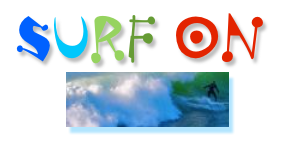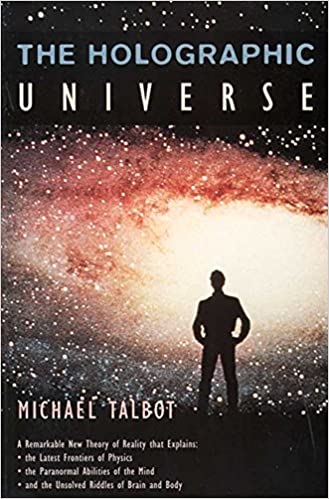
When is it a library and when is it hoarding? A personal library can easily mushroom (ay, and paperbacks do seem to multiply, in multitudinous multitudes) into a gnarly mess. And what good is a library where you can’t find the darned book you’re looking for?
When I was younger and did not have so many books, I loved them each and all, and never gave a one away (though I did, to my everlasting regret, sell my Nancy Drew mysteries collection to my sister). Then, ten years ago, we moved and I had to give away more boxes of books than I imagined possible. Funny, it got easier and easier… and what with all the extra shelf space, so did going to bookstores and amazon.com… and once again, I found my shelves piled with piles and in general chaos (no, Travels in the Yucatan does not belong with the Beatrix Potter bio, and yikes, did I really need 11 books on crop circles??)
In the process of decluttering anew, these ten questions, in the following order, let me decide quickly and easily what to do with each book. I’m filing this post under Future Reminders to Take My Own Advice; should this serve you also, gentle reader, that would be grand.
1. Am I reading it now?
If yes, goes to the READING NOW shelf. If no, on to question 2.
2. Am I planning to read it in the next [fill in the blank]?
For me I have enough shelf space right now to say, “the next couple of years.”
If you live in an empty movie theater you might be able to ask, “Am I planning to read it in the next century?” But if you live in a tiny house on wheels your time frame may shrink to, say, “the next five days.”
Do try to be realistic, if inevitably (sigh) optimistic.
If yes, goes to the READING SOON shelf. If no, on to question 3.
3. Is it part of a collection?
Collections have value on many levels, and the moreso when curated with thought and care. Mine include autographed first editions; Mexican art books; Baja Californiana, Maximiliana, and 19th and 20th century English language travel memoirs of Mexico.
If yes, goes to the appropriate shelf. If no, on to question 4.
4. Does it have serious sentimental value?
Because everything may have some sentimental value, this needs to be rated on a scale of, say, 1 – 10. I have enough shelf space right now that a minimum of 5 on a scale of 1 – 10 works for me.
If yes, it goes to appropriate shelf. If no, on to question 5.
5. Is it necessary for reference?
This also needs to be rated on a scale. I’m going for a 7.5 on a scale on 1 – 10. If you live in a mansion, maybe a 2 or 3 would do; if you live in Manhattan in 2 feet square, maybe you’d need it to be an absolute 10 +.
If yes, goes to REFERENCE shelf or appropriate shelf by subject. If no, on to question 6.
6. Would someone I know be happy to have it?
If yes, goes into an envelope / box and out the door! If no, on to question 7.
7. Can I sell it?
A lot of people don’t realize that some of their older books have value. (How about a 1st edition signed copy of James Joyce’s Finnegan’s Wake? You might buy a car with that.) And even if they’re crummy old paperbacks, if you have enough of them, I suppose you could squeegee together a little mountain of cash.
If yes, it goes onto the TO SELL shelf. And answer question 8. If no, skip directly to question 9.
8. Yeah, but honestly, am I really going to get around to selling it?
The transaction cost might not be worth it.
If yes, well, cool beans. Stop here, and proceed to next book. If no, on to question 9.
9. Can it be donated?
It’s a lovely idea to imagine that the donation of a book might help a library or other nonprofit, and ultimately, be read by others. Please do it! (Certainly a lot of organizations would be thrilled to have that signed first edition of Finnegan’s Wake.) And don’t overlook historical associations and university libraries. Grandpa’s self-published memoir of his time as a POW during WWII; great grandma’s xeroxed and saddle-stapled family history; a highschool year book from 1939 or, say, 1899, might be very welcome on certain shelves. That said, alas, some books are in such bad shape (coffee stains, cracked spines, yellowed, torn pages, etc) that no one wants them, and when you haul them over to, say, Goodwill or your local library, you’re not helping; you’re just giving someone else the unpleasant chore of throwing it in the dumpster.
If yes, goes into the DONATION BOX. (I keep mine in the hall closet. When it fills up, it goes to the basket in the basement, and when that fills up, it all goes into the back of the car, and from there to wherever it needs to go.) If no, on to question 10.
10. Can it be recycled into furniture, insulation, a jewelry box, or art?
If yes, goes to your WORKSHOP / STUDIO.
If the answer has been “no” to all ten questions, light a candle and give it a blessing if you must, but PUT IT IN THE PAPER RECYCLING BIN. This really is the last, the very last, very horrible, very sad, very karmically problematic resort. Oh well!
More anon.
UPDATE: A few more library management posts:
On Organizing (and Twice Moving) a Working Library: Lessons Learned with the Texas Bibliothek
A Working Library: Further Notes and Tips for Writers of Historical Fiction, History, Biography, and/or Travel Memoir, & Etc.

Synge’s The Aran Islands and Kapuscinski’s Travels with Herodotus
Working with a Working Library: Kuddelmuddel
Find out more about C.M. Mayo’s books, shorter works, podcasts, and more at www.cmmayo.com.






